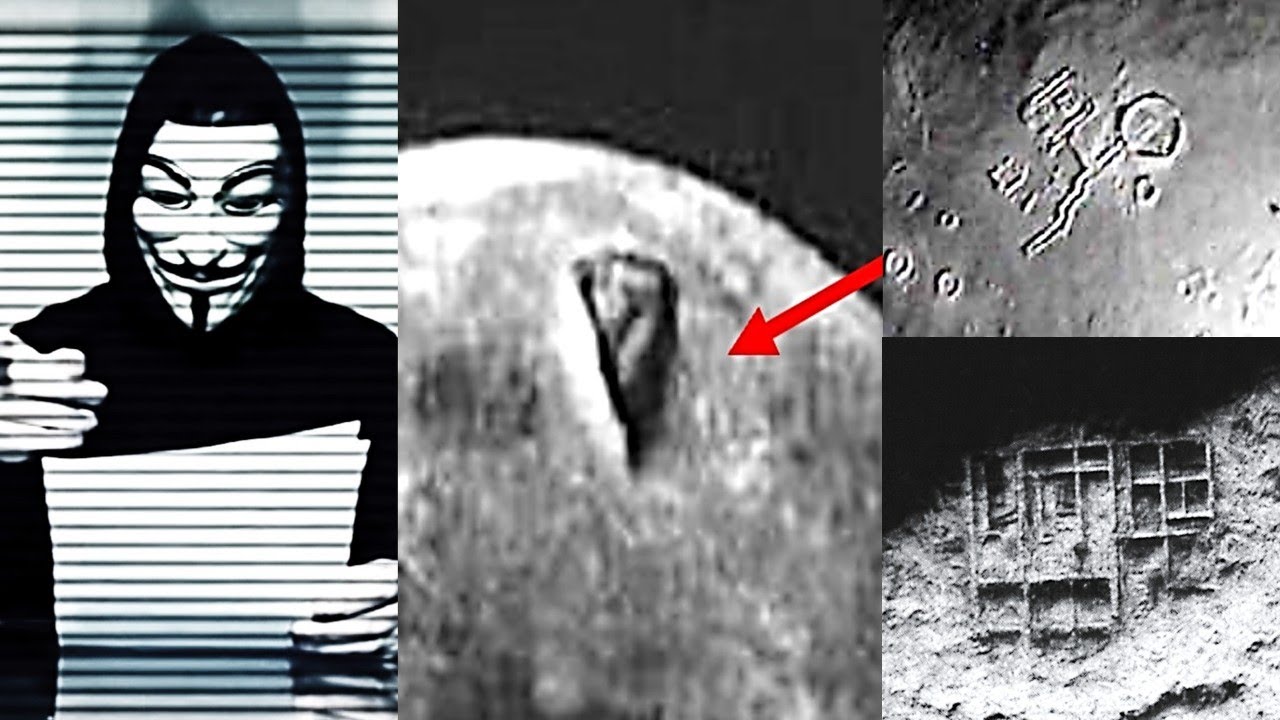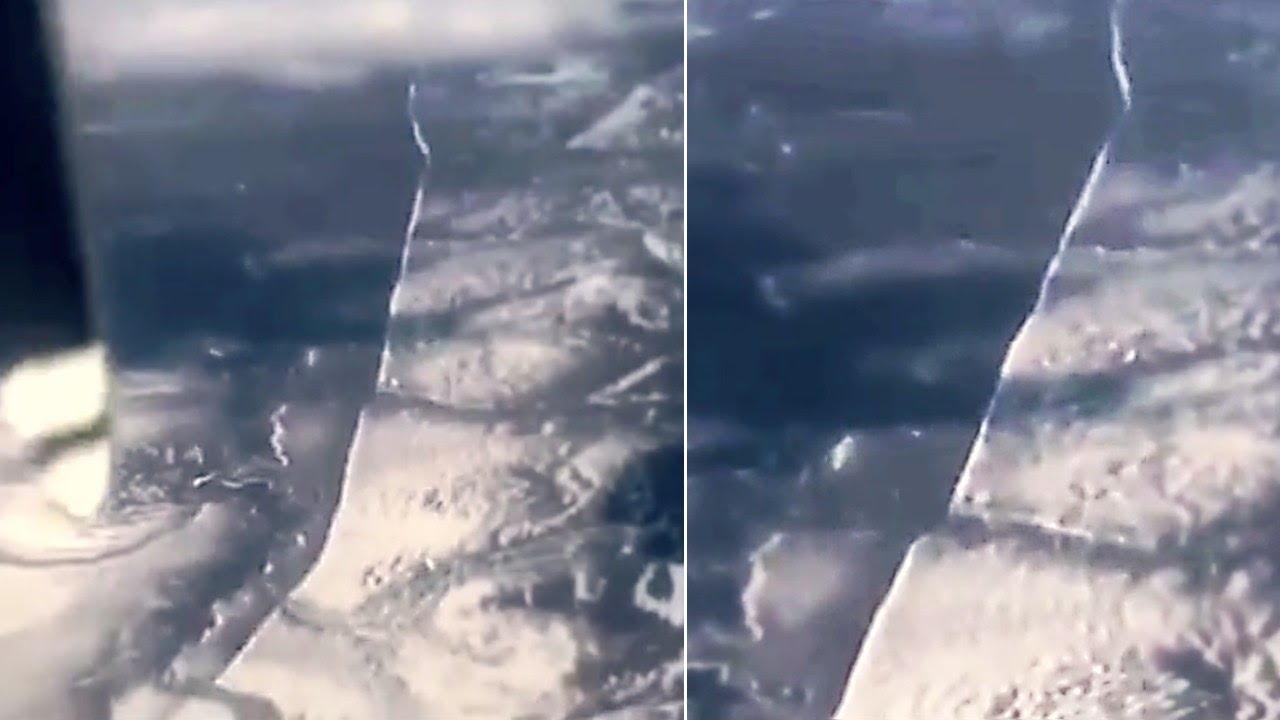In a groundbreaking revelation, scientists at CERN have reportedly captured a mysterious four-dimensional disturbance, dubbed the “four-dimensional ghost,” within the Super Proton Synchrotron (SPS). This enigmatic entity has introduced unexpected complexities in particle behavior, challenging long-held assumptions about the precision of particle physics experiments. The discovery comes on the heels of claims made by Dr. Astred Stocklberger, a Swiss scientist who has suggested that CERN may be involved in covert nuclear programs and posited the existence of multi-dimensional beings operating beneath the facility.

The four-dimensional ghost was identified following significant upgrades to the SPS, which included a new beam dump designed to absorb high-energy beams that can no longer be utilized. Shortly after these enhancements, scientists observed irregularities in particle movements that defied existing theoretical frameworks. Physicist Juliano Franchetti from GSI in Germany noted that particles often stray from their anticipated paths, leading to beam degradation that complicates experiments requiring exact conditions for particle collisions.
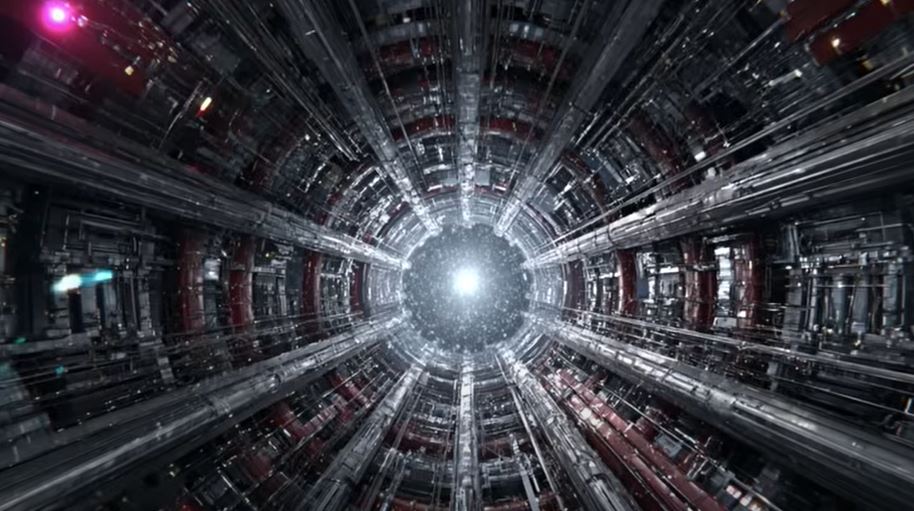
These disturbances have been attributed to resonance, a well-known phenomenon in physics where energy waves amplify one another, sometimes destructively. In a relatable analogy, Franchetti likened this to spilling coffee while walking; the waves generated by each step can synchronize and ultimately lead to a spill. Similarly, in the SPS, the loss of valuable particles due to resonance can be detrimental to high-precision experiments.
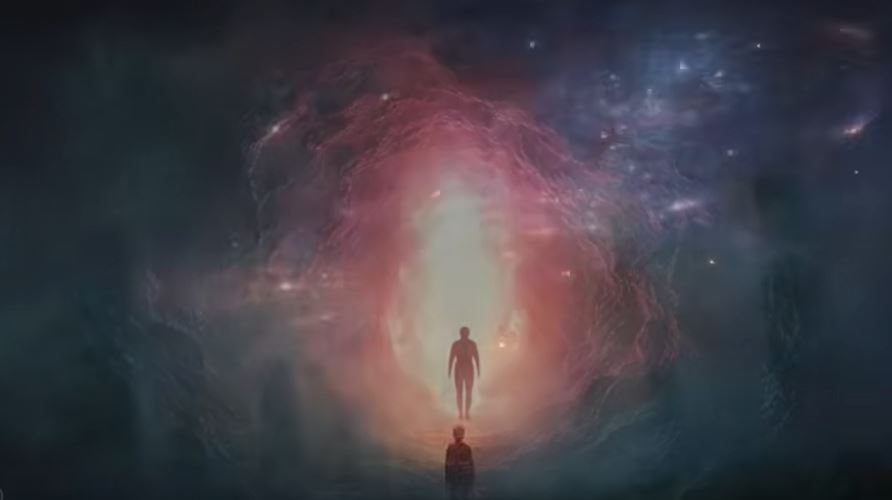
The urgency of understanding these ghostly disturbances is underscored by their potential impact on nuclear fusion research, where energy loss can create dead zones that hinder achieving effective fusion reactions. As the energy of particle beams increases, the stakes rise for managing these disturbances that could compromise valuable experiments.
To analyze the ghost’s influence, researchers employed a mathematical technique known as the Pankare section, allowing them to visualize how particles interact over time and space. This methodology revealed that the ghost creates a dynamic shape that evolves, affecting energy flow and particle behavior within the synchrotron. The findings, published in the journal Nature Physics, emphasize the need for mastery over resonance and nonlinear dynamics in accelerator physics to mitigate the loss of beam particles and enhance experimental precision.
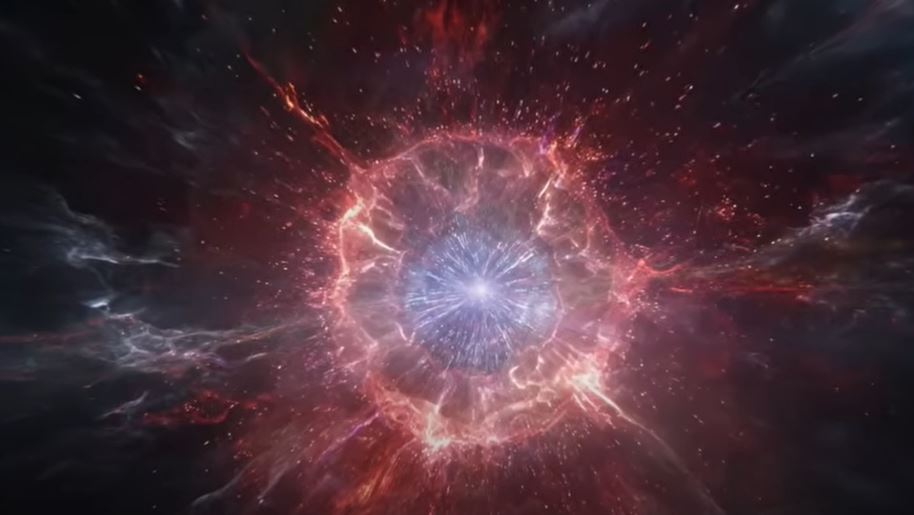
The implications of this discovery extend beyond the SPS itself. If scientists can model and manage these disturbances effectively, it could lead to improved designs for future particle accelerators and help prevent costly breakdowns in experiments. Furthermore, the understanding gained from studying this four-dimensional ghost could have far-reaching applications in fusion energy and advanced medical treatments using particle therapy.
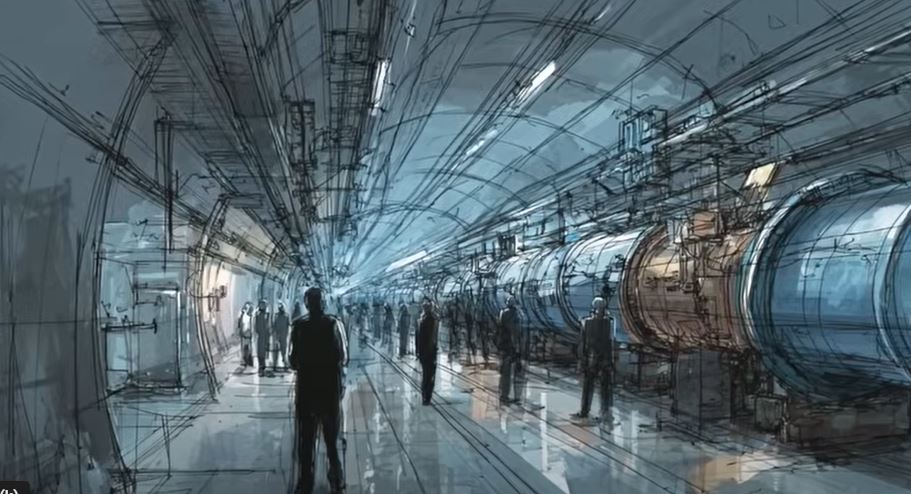
This revelation serves as a reminder of the complexity of physical systems and the surprises that nature can present, even in highly controlled environments. As scientists continue to push the boundaries of our understanding of the universe, they are confronted with the reality that there is always more to uncover, often hidden in the smallest deviations and the enigmatic forces lurking in the fourth dimension. The journey to decipher these mysteries is just beginning, and the scientific community is poised at the brink of potentially transformative discoveries.

